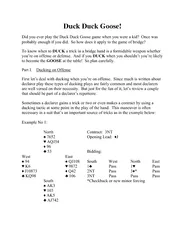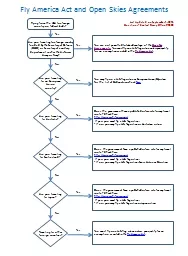PPT-Teaching The Duck To Fly
Author : min-jolicoeur | Published Date : 2019-12-17
Teaching The Duck To Fly Pacific Northwest Demand Response Project Portland Oregon January 23 2014 Jim Lazar RAP Senior Advisor January 23 2014 The California ISO
Presentation Embed Code
Download Presentation
Download Presentation The PPT/PDF document "Teaching The Duck To Fly" is the property of its rightful owner. Permission is granted to download and print the materials on this website for personal, non-commercial use only, and to display it on your personal computer provided you do not modify the materials and that you retain all copyright notices contained in the materials. By downloading content from our website, you accept the terms of this agreement.
Teaching The Duck To Fly: Transcript
Download Rules Of Document
"Teaching The Duck To Fly"The content belongs to its owner. You may download and print it for personal use, without modification, and keep all copyright notices. By downloading, you agree to these terms.
Related Documents














